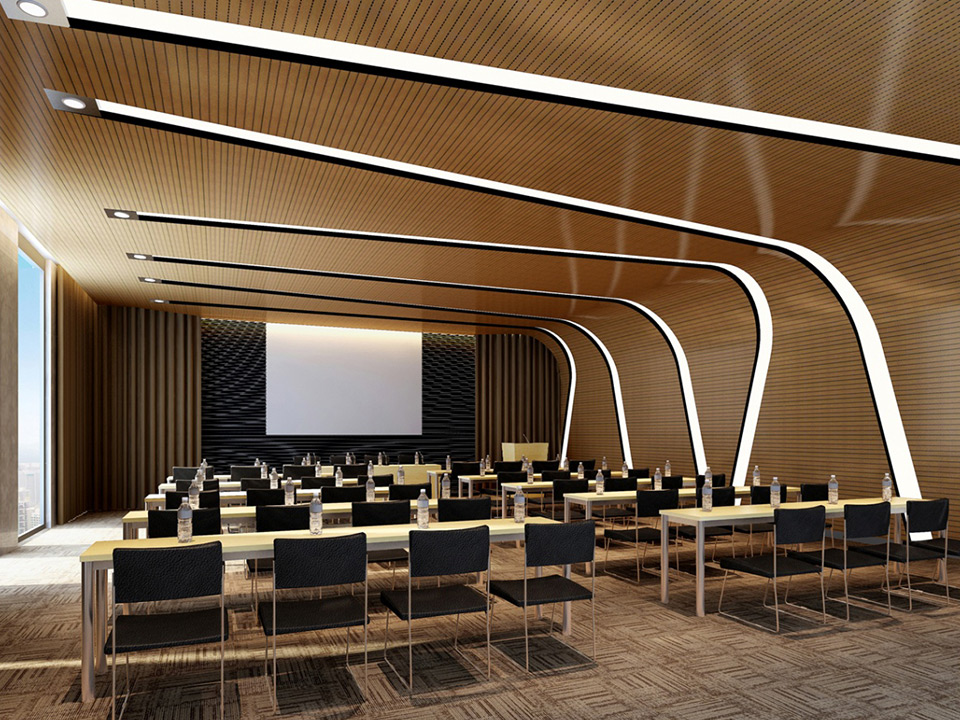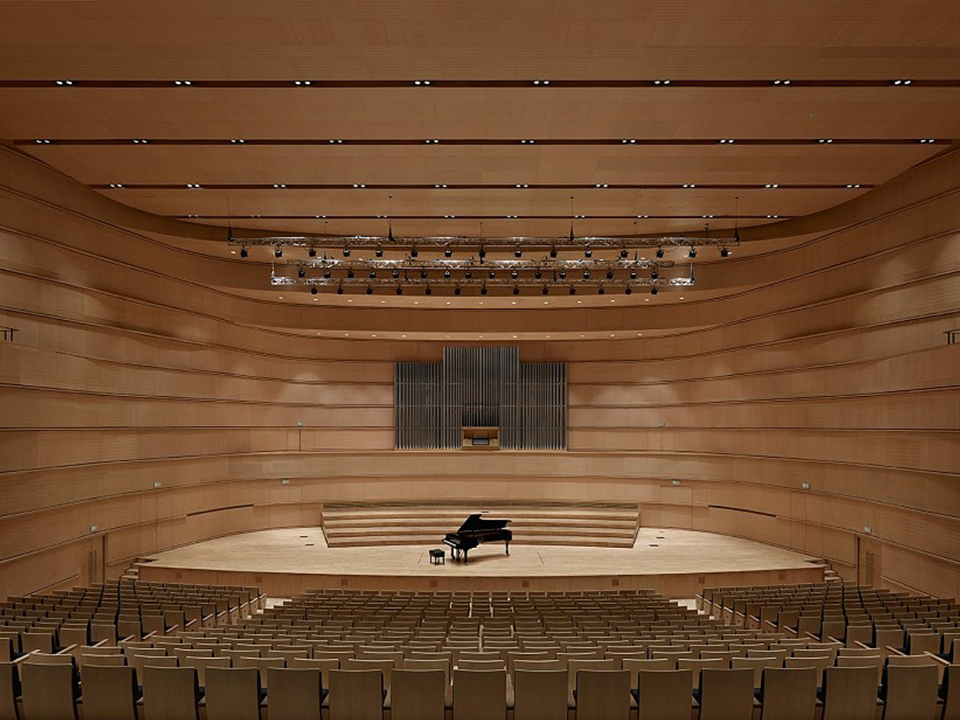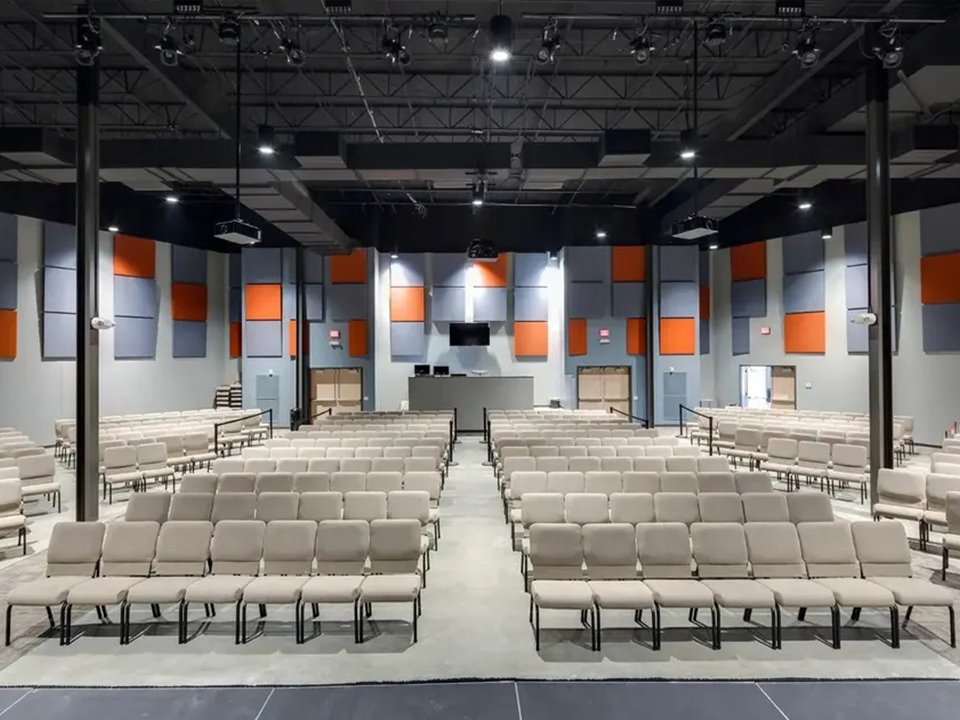In classrooms, conference rooms or music rooms, we often see sound-absorbing panels on the walls to block out the sound and prevent people from disturbing outside. There are many small holes on the surface of the sound-absorbing board [1], and after the sound enters the small holes, it will be reflected indiscriminately in the inner wall of the structure that is a bit like a sponge, until most of the energy of the sound waves is consumed, turning into heat energy, achieving the effect of sound insulation.
The principle of sound absorption of sound-absorbing materials is the same, sound-absorbing materials are mainly divided into microporous and fibrous types, they have no essential difference, the principle of sound absorption is to leave the sound accessible channels (countless channels composed of tiny holes that are connected together, or formed by countless fibers crossed together to form countless small gaps), but the sound once in can not come out, because the channel is too chaotic and long, the sound drills inside and rushes left and right, in this process gradually consumes energy, plays a role in sound absorption.

All things with long and disorganized fine channels can be used as sound absorption, such as cotton, various fiber gangs, cotton, sponges, carpets; But things like ordinary bubbles, egg cartons, wooden boards and the like basically have no sound absorption effect.
In addition, the surface of a needle (like a "plane" formed by binding many needles into a bundle) theory is the best sound-absorbing material, and the acoustic laboratory is all designed in this way, the principle is that after the sound reaches the "needle"-like surface, it is constantly reflected inward, and will never reflect outward, and this surface can completely absorb sound (and light) like a black hole, which is the "sound-absorbing tip split" used in the anechoic chamber. However, this method is expensive, and the general recording studio and HIFI listening room do not need to absorb so thoroughly sound, so the previous materials are used.

It should be reminded that different frequencies of sound are absorbed differently. High-frequency sounds have short wavelengths and are easily absorbed, while low-frequency sounds have long wavelengths and can easily penetrate obstacles. For low-frequency sound, it is not only difficult to insulate, but also difficult to absorb. It doesn't bump around in cluttered tiny channels like high-frequency sounds, but it goes around easily. However, as long as you thicken the sound-absorbing material to a certain extent, you can absorb the low frequency above 130Hz.

_2916.png)